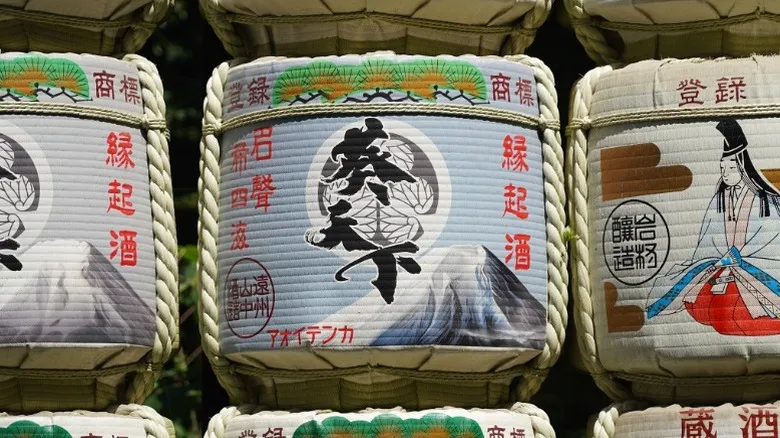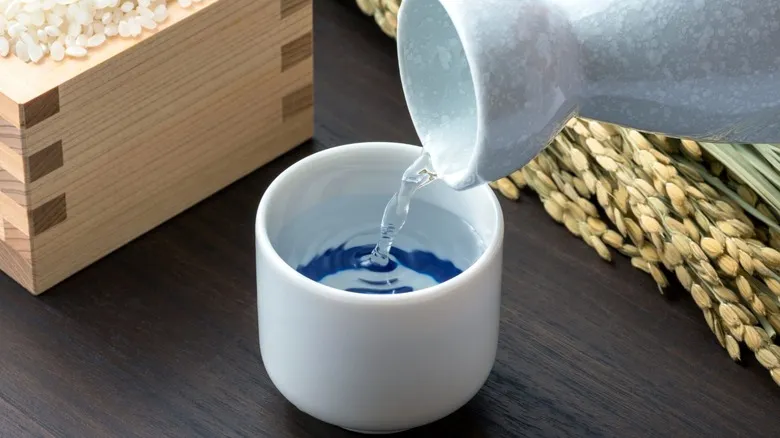Development of sake fermentation techniques

What sets sake apart from soju and wine is its distinctive brewing method. Originally, this beverage was exclusively enjoyed by the elite, but this changed after the Middle Ages as rice farming became more prevalent. The latter part of the 16th century saw the emergence of a more contemporary sake-making process. Brewers began to polish white rice grains, removing the outer layer of protein and fat to reveal the starchy core.
The era of kuchikamizake has long passed. These polished rice grains could now undergo fermentation with koji, a type of mold that contains enzymes capable of breaking down the rice's proteins and starches. Koji is introduced after the rice is washed and steamed, allowing the sake base to ferment before it is filtered and heat-sterilized. This method originated during the Edo period (1603-1868 C.E.) and has continued to evolve with technological advancements. The subsequent Meiji era brought further industrialization to Japan, including the adoption of glass bottles for sake storage. In 2024, traditional Japanese sake brewing was even recognized by UNESCO.
In the 21st century, sake has gained global popularity for its versatility. Its flavor profile and culinary uses are comparable to those of wine. In Japan, colleagues and friends often gather after work to enjoy drinks together, pouring each other cups of sake to relax in the evening. While it may not have the longevity of some spirits once opened, sake is intended to be shared among friends. This beverage beautifully bridges the past and present.
Recommended

How Long Champagne Will Stay Crisp And Bubbly After Opening

How To Make Sure Your Eggnog Is Kid-Friendly This Holiday Season

What Is The Difference Between Champagne And Prosecco?

For The Best Cocktails, You Need A Pinch Of MSG
Next up

